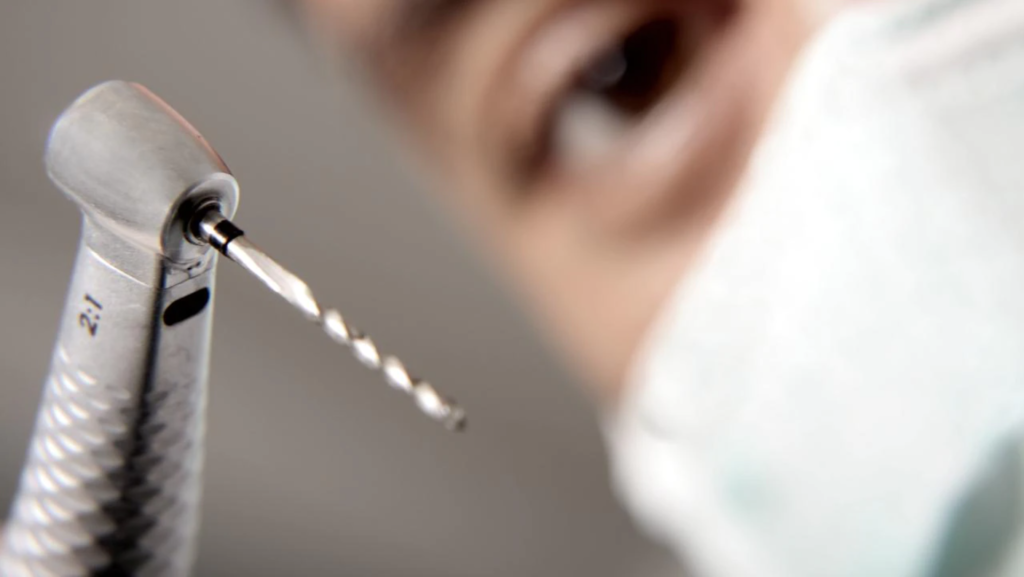Dental care is an essential part of overall health, yet many people approach dental visits with a degree of blind trust. While most dentists are highly trained professionals committed to providing excellent care, dental negligence can and does occur—often with lasting consequences for patients. From botched procedures to misdiagnosed infections, the impact can be painful, costly, and emotionally distressing. That’s why it’s critical to be an informed patient.
This article offers a comprehensive checklist to help you avoid becoming a victim of dental negligence and ensure you’re working with a competent, trustworthy dental professional. Whether you’re booking a routine cleaning or considering advanced procedures like All-on-4 implants, taking a few precautionary steps can make all the difference.
What Is Dental Negligence?
Dental negligence occurs when a dental professional fails to meet the accepted standard of care, resulting in harm to the patient. This may involve:
- Misdiagnosing or failing to diagnose a condition
- Performing an incorrect or unnecessary procedure
- Poor hygiene or sterilization practices
- Inadequate post-operative care
- Causing nerve damage, infections, or unnecessary tooth loss
In such cases, patients may be eligible for dental negligence compensation, depending on the severity of the injury and the circumstances surrounding the treatment.
Why It Matters: The Rise in Complex Dental Procedures
Today, more patients are undergoing complex and high-cost treatments such as cosmetic enhancements, orthodontics, and full-arch restorations like All-on-4 implants. These procedures require a higher level of expertise and carry a greater risk if performed incorrectly.
If you’re considering this kind of treatment, it’s smart to consult All-on-4 patient reviews to check a dentist’s reputation and track record. These reviews often reveal real-world insights about surgical outcomes, patient satisfaction, recovery time, and overall professionalism.
A Patient’s Checklist to Avoid Dental Negligence
1. Research Credentials and Experience
Before trusting anyone with your oral health, take the time to verify their qualifications. Are they registered with a recognized dental association? How many years have they been practicing? If you’re looking into advanced procedures like All-on-4 implants, ask how many of these surgeries they’ve performed and request before-and-after photos.
2. Read Independent Reviews and Testimonials
While testimonials on a dental clinic’s website are helpful, third-party review platforms offer a less filtered view. Look specifically for All-on-4 patient reviews to understand how the dentist handles complex procedures. Red flags include recurring complaints about pain, poor results, or lack of follow-up care.
3. Ask for a Comprehensive Treatment Plan
A reputable dentist will always provide a detailed treatment plan, including the diagnosis, treatment options, costs, risks, and expected outcomes. Avoid practitioners who rush you into procedures without adequate explanation.
4. Evaluate Communication and Professionalism
Your dentist should listen attentively, answer questions clearly, and make you feel comfortable. Poor communication is not just a customer service issue—it can lead to misunderstandings, mistakes, and eventually, negligence.
5. Get a Second Opinion
When facing a major procedure or an expensive recommendation, it’s completely acceptable—and often wise—to seek a second opinion. This can confirm whether the proposed treatment is appropriate and necessary.
6. Confirm Safety and Hygiene Standards
Observe the clinic’s cleanliness. Tools should be sealed or freshly sterilized, and staff should wear gloves and masks. Poor hygiene can lead to infections or other serious complications.
7. Check Insurance and Legal Protections
Make sure your dentist is fully insured. If things go wrong, knowing your rights around dental negligence compensation is essential. Keep all records of communication, treatment plans, and receipts—they may be crucial if you need to pursue a claim.
8. Know the Warning Signs of Negligence
After your treatment, be alert for:
- Unexplained or prolonged pain
- Swelling or signs of infection
- Difficulty chewing or speaking
- Aesthetic issues that weren’t addressed
If you experience any of these symptoms, consult another dental professional promptly. Early intervention can sometimes reverse damage and provide critical documentation if you decide to pursue compensation.
What to Do If You Suspect Dental Negligence
If you believe you’ve been a victim of dental negligence, take the following steps:
1. Document everything – including symptoms, correspondence, and financial records.
2. Seek medical attention – get a professional assessment from another dentist or specialist.
3. Consult a legal expert – especially one who specializes in dental negligence compensation claims. Many offer free initial consultations.
Legal time limits often apply to filing a claim, so don’t delay if you suspect malpractice.
Your oral health deserves the same level of care and attention you’d expect from any medical provider. By following this checklist, you can reduce your risk of falling victim to dental negligence and make informed decisions—particularly for high-stakes procedures like All-on-4 implants. Remember to rely on All-on-4 patient reviews, be proactive in your research, and never hesitate to speak up if something feels off.
Dental treatment should leave you smiling—physically and emotionally. With the right knowledge and caution, you can protect yourself and receive the care you truly deserve.



